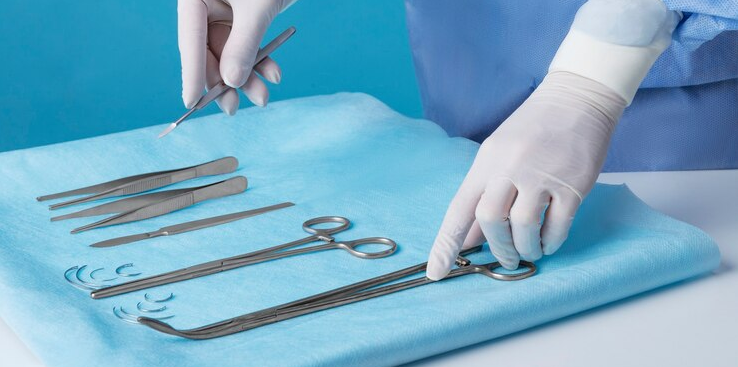The following is a summary of “Development of a Wound Assessment Tool for Use in Adults at End of Life: A Modified Delphi Study,” published in the March 2023 issue of Critical Care by Latimer, et al.
Wounds known as Kennedy terminal ulcers, terminal ulcers, and Skin Changes At Life’s End can develop in some patients at the end of life (EOL). However, there needs to be more clarity regarding the defining characteristics of these wounds, and no validated clinical assessment tools were available to identify them. Therefore, for a study, researchers should establish consensus on the definition and characteristics of EOL wounds and determine the face and content validity of a wound assessment tool for use in adults at the EOL.
Using a reactive online Delphi technique, a panel of international wound experts reviewed the 20 items in the assessment tool. Then, the experts assessed each item’s clarity, relevance, and importance over two iterative rounds using a four-point content validity index. A content validity index score of 0.78 or higher indicated panel consensus.
In the first round, 16 panelists (100.0%) participated. The agreement among the panelists regarding the relevance and importance of the items ranged from 0.54% to 0.94%, and the clarity of the items scored between 0.25% and 0.94%. Based on the feedback received in the first round, four items were removed, and seven were reworded. Suggestions were also made to change the tool’s name and include Kennedy terminal ulcer, terminal ulcer, and Skin Changes At Life’s End in the definition of EOL wounds. In the second round, which involved 13-panel members, the consensus was reached on the final set of 16 items, with minor wording changes suggested.
The developed tool has the potential to provide clinicians with an initially validated instrument for accurately assessing EOL wounds and gathering essential empirical prevalence data. Further research was necessary to establish accurate assessment methods and develop evidence-based management strategies for these wounds.



















